1260 Memorial Drive
Atlanta, Georgia 30316
404-458-1330
10 Misconceptions about Virgin Indian Hair You Probably Didn't Know
Mikey MoranLet’s be honest most times we buy our bundles and wigs without knowing what certain words mean.
We’re all guilty of wearing hair on our heads not knowing more than the fact that it is gorgeous.⭐
But what we all do know is that virgin hair is usually more expensive than the rest.
Here is a quick guide to what virgin Indian hair is, passing by facts about Raw Indian Hair as well, and common misconceptions that many people may have about virgin Indian hair.

What Is Virgin Hair?
Virgin hair is described as 100% human hair that has been processed by manufacturers.
Chemically possessing means that the hair's cuticles have been treated to align in the same direction. This process makes it what is called Remy hair.
Virgin hair sometimes comes from more than one donor.
But it is not very common, sometimes we come across single donor hair like this Brazilian Body Wave Bundle.
This hair comes from various countries around the world which include India, China, Brazil, Vietnam, and European nations to name a few.
Textures range from silky straight hair to kinky curly hair.
Manufacturers can alter curl patterns with heat, but the hair is still considered virgin.

Virgin Indian Hair
This the most readily available form of hair. You can tell by the name that this hair comes from India which means that the donors are Indian people.
Virgin Indian hair became popular in the 1960s when the U.S imposed a ban on Chinese hair because China was communist.
Indian hair became prevalent on the market after this ban.

10 Misconceptions about Indian Hair
Everything you thought you knew about virgin Indian hair just might be wrong.
Here are 10 misconceptions about virgin Indian hair.
1. It Is the Same as Remy Indian Hair
Many people are guilty of buying remy human hair extensions without even knowing what remy hair means. Remy hair is hair where the hair cuticle is intact, and the hair cuticles run in the same direction.
Remy hair always comes from the head of one donor. Though Virgin remy hair does exist, not all remy hair is virgin and not all virgin hair bundles are remy.
There is remy hair that has never been chemically treated in some way and virgin hair where the cuticles do not run in the same direction; this happens when the hair comes from more than one donor.

2. You Don’t Have to Take Care of It Like Your Natural Hair
I feel as though this is one of the biggest misconceptions. People think that just because it is not growing out of their head, they do not need to put in much effort when taking care of their virgin hair.
But virgin hair is 100% human hair so it reacts to the environment similar to your hair and can collect dirt and buildup.
You do not have to wash it as often as you do your natural hair but you should shampoo and condition your virgin hair to keep it at its best quality.
You should also add products to tame frizz and to keep the natural shine.
But if you wear it as a sew-in hairstyle you should wash it more often than you would a wig or clip-ins extensions.
There are even specific products designed to help you keep your extensions on point all the time. Just do not forget to clean your hair!

3. It Is Challenging to Maintain
With the previous misconception, many people believe that have to put in a ton of effort to take care of their bundles.
Just take care it like you would your natural hair with regular washes depending on how often you wear it.
Make sure you are brushing the hair from the ends to the root to prevent excessive shedding.
Sleeping in a satin or silk bonnet or scarf will prevent the hair from losing its natural shine and moisture.

4. It Can Not Get Damaged
This is another HUGE misconception which can be deadly for your extensions. Like I said before, people forget that their extensions need to be taken care of just because they are not growing from their head.
If you have ever made this mistake, I just want to say RIP to your bundles because they are not coming back to life.
Some people think they can dye, bleach, and perm their extensions a million times without them getting damaged, but honey you have been misinformed.
Just like your hair, the extension will become dry brittle and damaged, and even fall victim to split ends.
Too much heat can kill your virgin hair also if it is straight (yes straight hair can become heat damaged too).
The hair won’t grow back like your natural hair. Once the hair is damaged that’s it, you’re going to have to buy new human hair bundles and hopefully not make the same mistake again.
Don’t forget to use a heat protectant spray when using heat on the hair.
Also, make sure to keep the dyeing and bleaching to a minimum, at most like one or two times to keep your bundles at their best.

5. It’s Only for Black Women
It is honestly sad that I even have to include this one, but if you did not know weave is for everybody.
It is not limited to one race, in fact, people of every single ethnic background and race wear hair extensions.
People are often under the impression that women wear weaves because they do not have “good hair” (which I also have to add is a complete myth because everyone's hair is beautiful regardless of texture or length).
Weaves and human hair wigs work as an excellent protective style when trying to grow out your hair or experimenting with different hairstyles without changing the way your natural hair looks.
The first people to popularize Indian hair were Jewish. They would make the hair into wigs for religious purposes, and both men and women would wear these wigs.

6. Women Are Tricked into Giving Their Hair
Many people believe that companies get virgin hair through unethically means which keeps them away from using the hair.
What they don't know is the actual process of getting virgin Indian hair.
Indians will donate their hair to temples in a sacred act called Tonsure to the god Vishnu.
This ritual is an ancient Hindu tradition that has occurred for hundreds of years.
They do this as a way to purify themselves and repay their debts to the gods.
They give up their hair because hair is seen as a symbol of pride in Hinduism.
Millions of men, women, and children participate in this act. Their heads are shaved or cut from their ponytail.
People in the temples then collect these strands and auction them off to hair companies and other buyers. This act is the primary reason why Indian is so easily attainable.

7. Only Comes in Straight
Virgin Indian hair as wells as Raw Indian Hair does not just come in straight for the record. Often we see pictures of Indian people with super straight long hair, but that is not the only texture in existence.
The second most popular texture is wavy virgin Indian hair. But what many people do not know is that there is also curly virgin Indian hair.
The texture is more of a 2c/3a, which is similar to a mix of Spanish wave and loose wave.
Though some curly textures do exist, kinky textures of virgin Indian Hair do not exist.

8. When Worn as a Sew-In You Can Keep It in Longer than Synthetic Hair
Often we see those horror stories where women have worn their sew-ins for over a year.
They have build up, mold and mildew in their hair. Just because it is virgin hair does not mean you can keep it in for six months.
Again for the ones in the back, please do not leave your sew-ins in for more than three months, this can be catastrophic for your hair.
The bundles will last longer when they are of good quality, but you have to maintain the health of your hair underneath.
If you want longer wear you can always make a wig with your hair. By creating a wig you won’t have to worry as much about it being damaging to the health of your hair.

9. It Is Not Worth the Price Tag
This misconception is one of the number one factors that may keep people away from purchasing virgin hair.
We all know quality hair is not cheap, but it should not cost you a fortune.
It will most likely be cheaper than your phone which will be much worth it in the long run.
Even if the price tag does scare you a little, good quality hair last longer and you can use it more than one time.
When you put things in perspective, you would save money by buying virgin hair because you do not need to throw it away after one use.
Also turning your bundles into a wig can also help you to preserve them longer.
If you want cheap high-quality hair options, buy our cheap warehouse hair bundles.

10. It Is the Same as Virgin Brazilian Hair
Many people use both Brazilian and Indian hair and do not realize that there is a difference between the two. They are both excellent quality hair but not the same.
The only way they are similar is that both have never undergone chemical processing.
One of this most noticeable differences is that one comes from people from India and the other is from people from Brazil, but the differences run deeper than that.
Another difference is the textures of the two. Indian hair is usually fine, light and bouncy whereas Brazilian hair tends to be thicker.
Brazilian hair is also less likely to frizz. But with being said both are good quality hair that can blend easily with any texture.
Now that we've summed up 10 common misconceptions of virgin Indian hair we'd like to hair from you. Which misconception are you guilty of believing? Why did you believe it?
Let us know by leaving a comment below.👇🏿We'd love to hear from you!🤗
And stop by one of our stores to say hi!

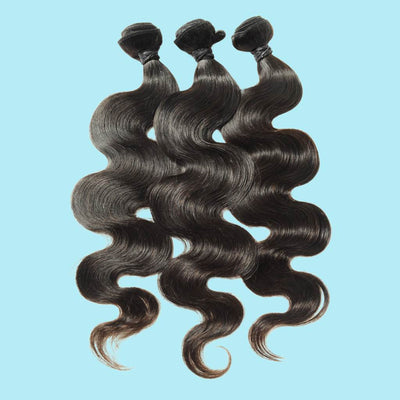
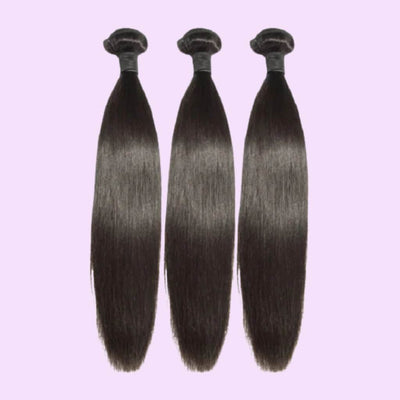
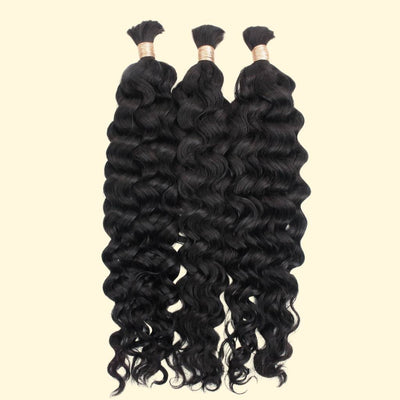
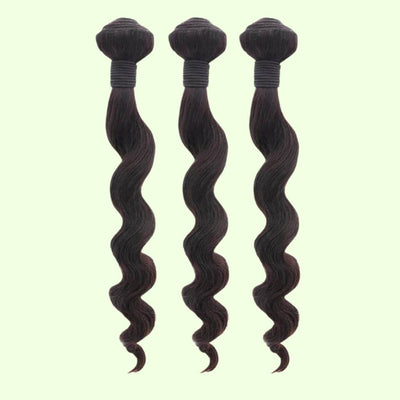
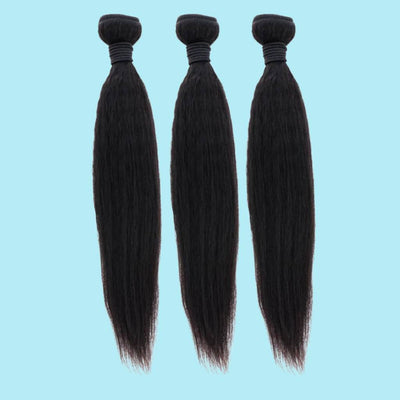
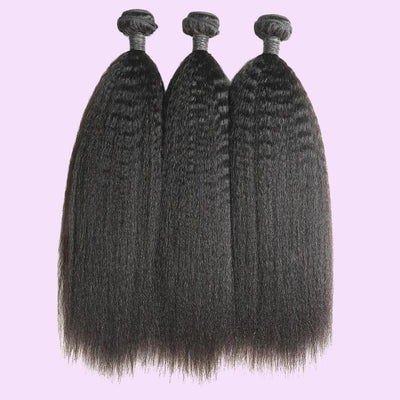
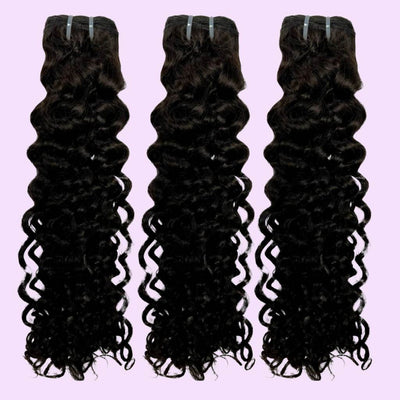
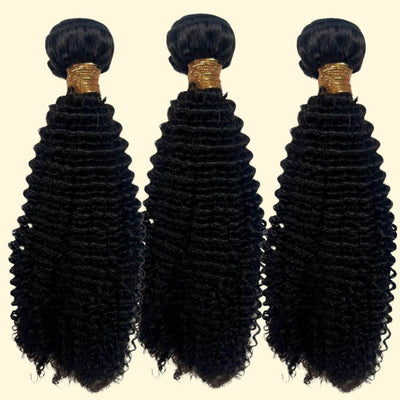

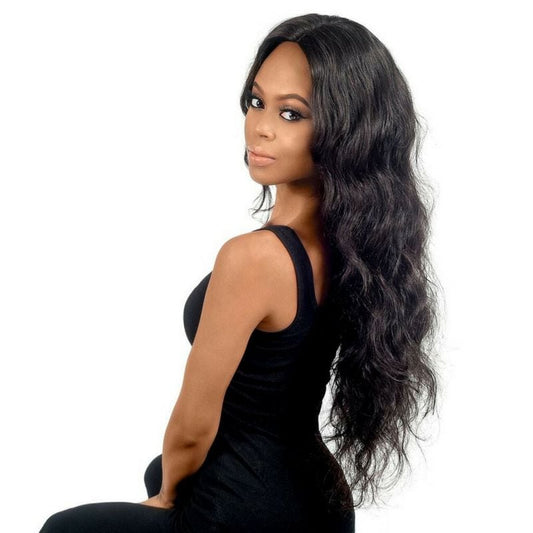
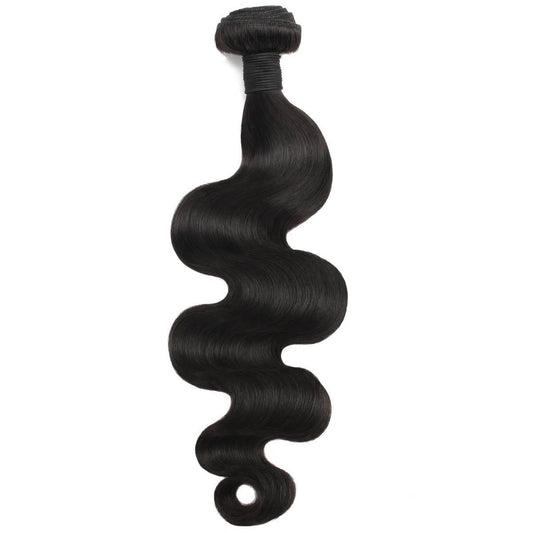
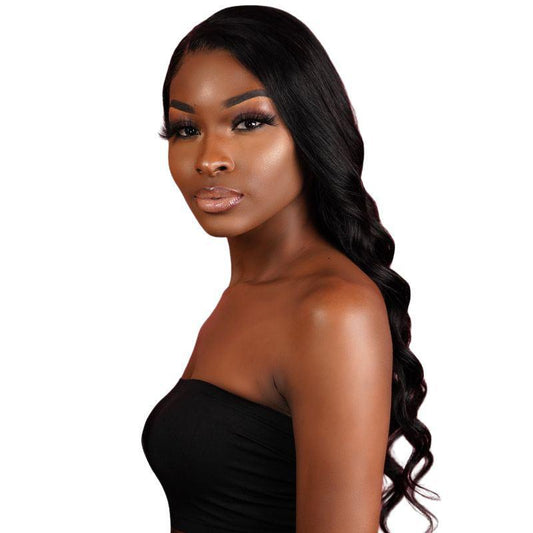
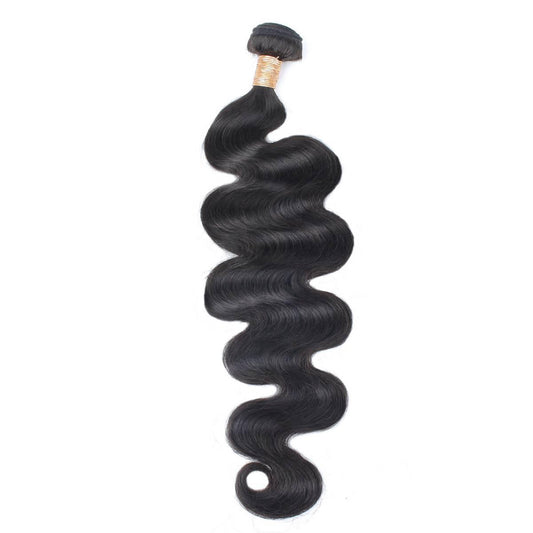
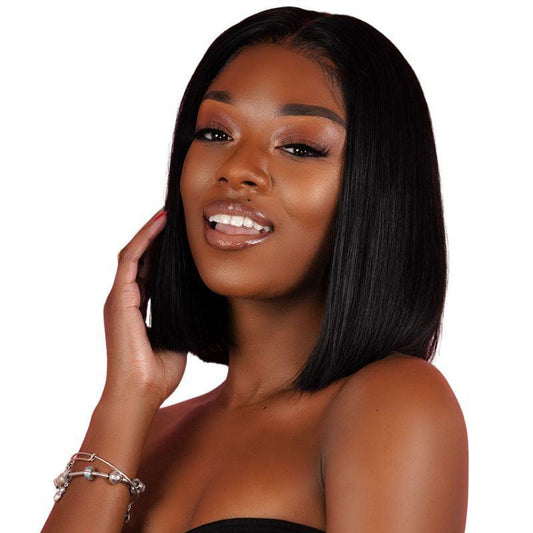
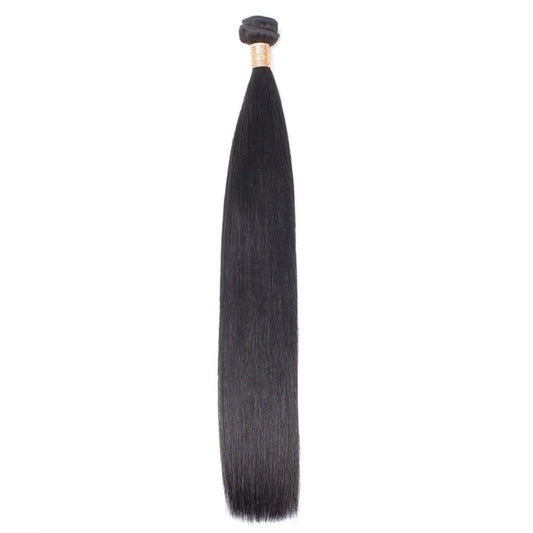
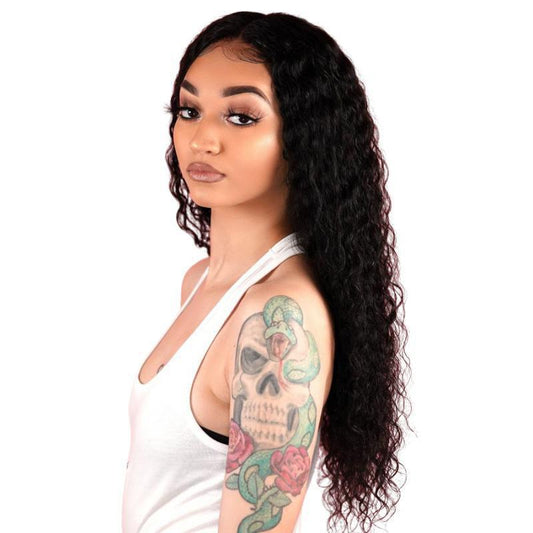
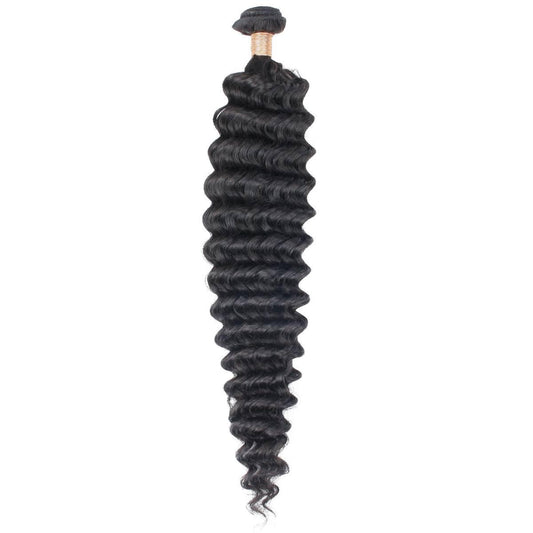
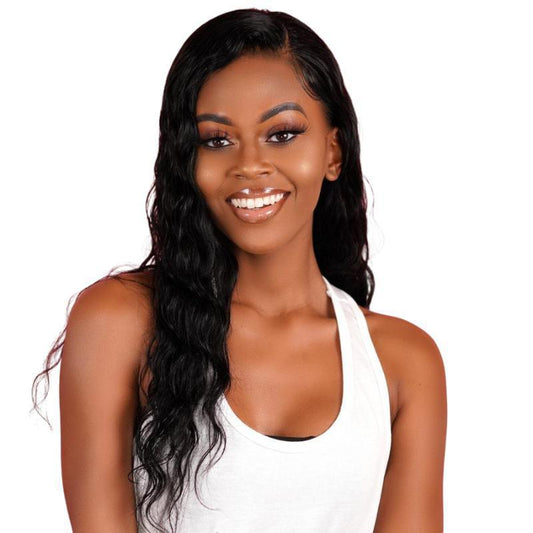
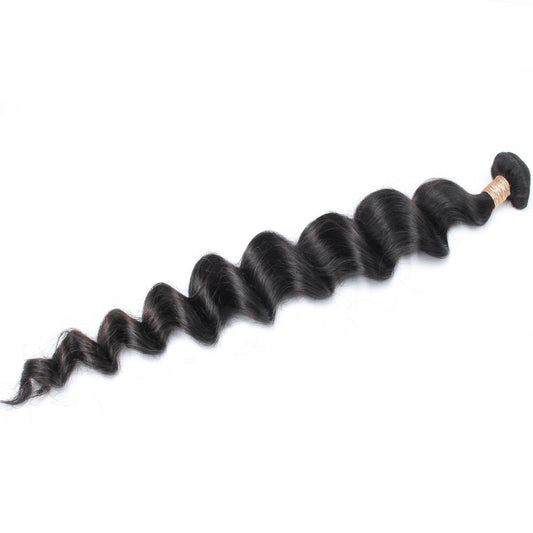
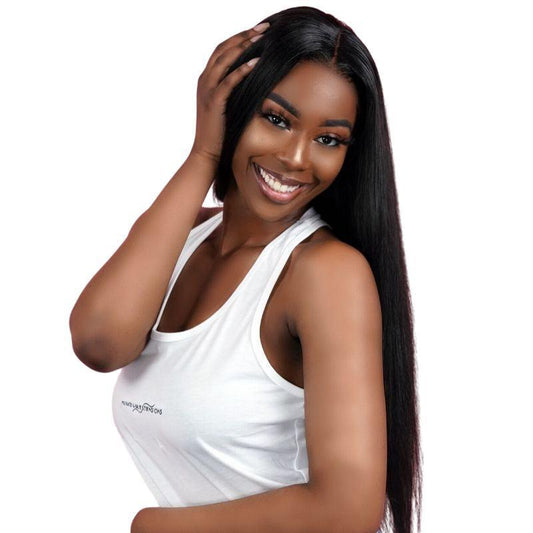
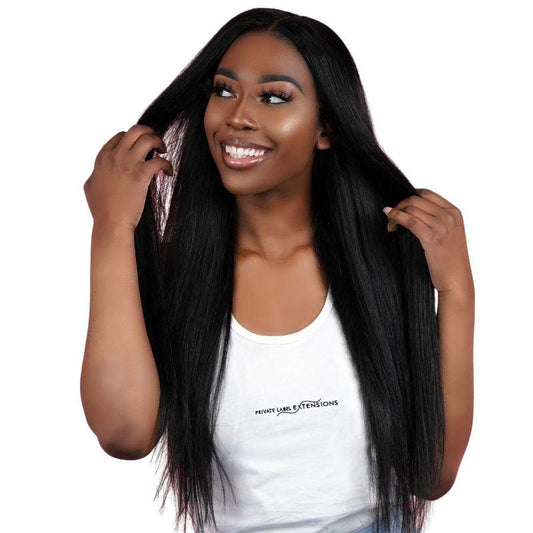
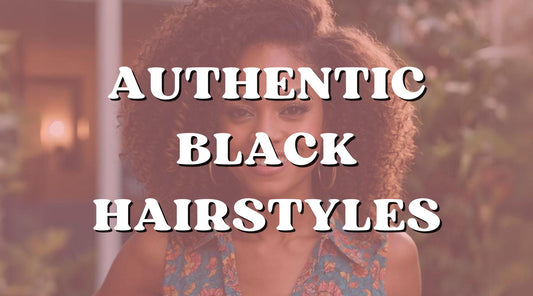
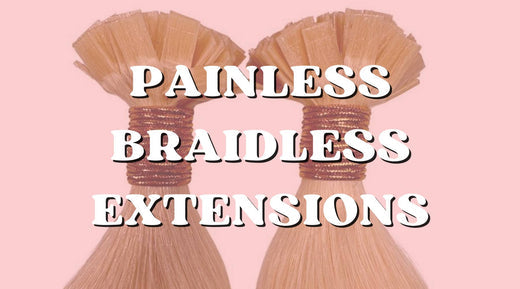
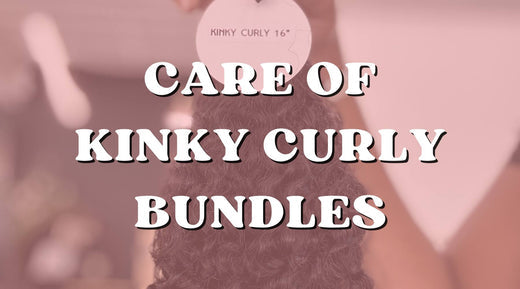
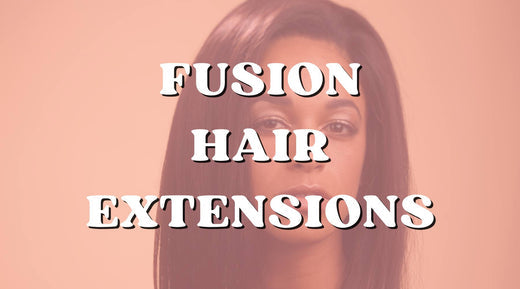
2 comments
Wow, this article really opened my eyes to some misconceptions I had about virgin Indian hair! It’s fascinating to learn about the cultural significance of hair in India and how it’s sourced through Tonsure.
Thanks for clearing up those misconceptions about virgin Indian hair! I’m curious, how often do you recommend replacing virgin hair extensions to maintain their quality?